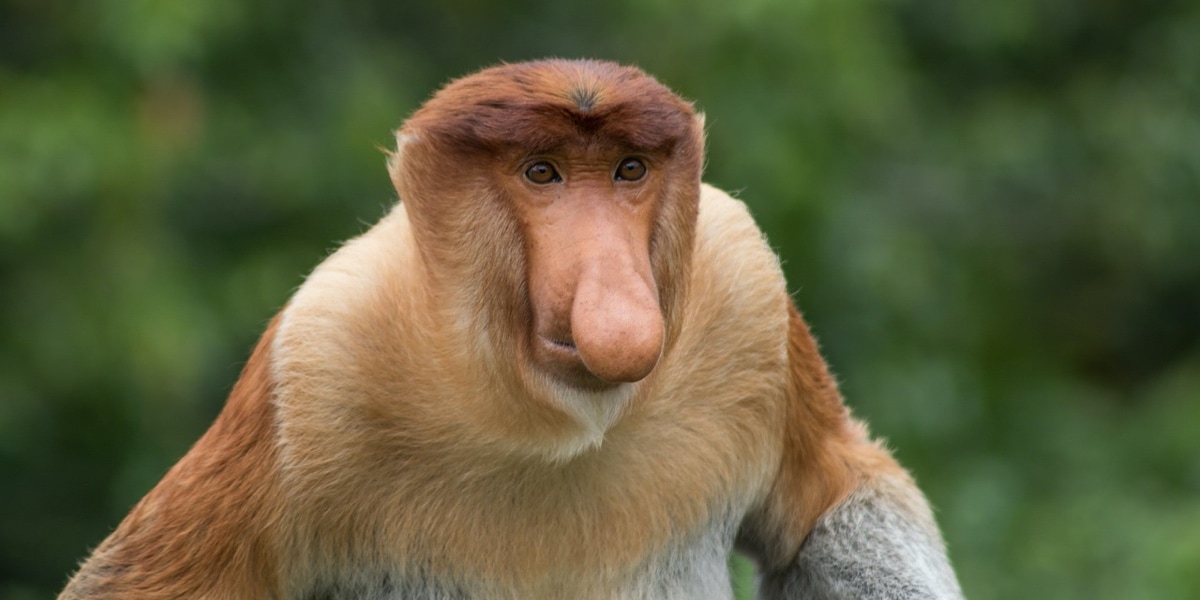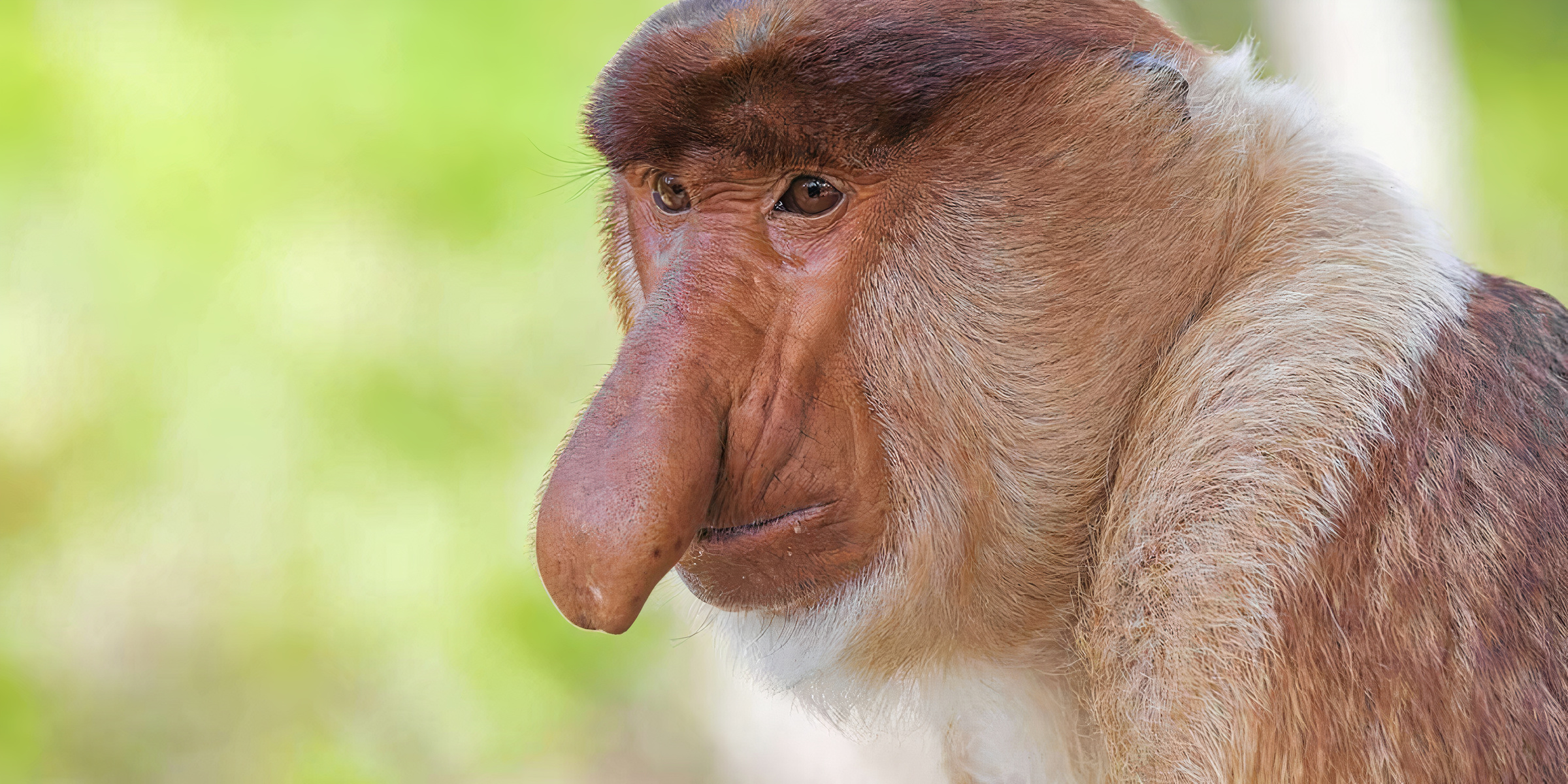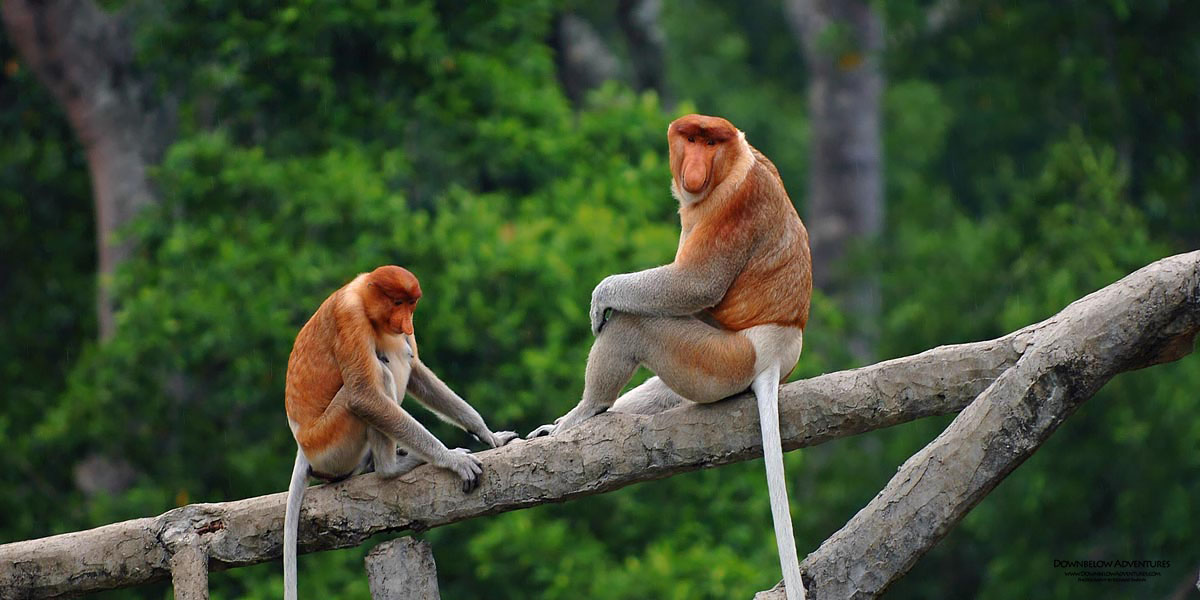Characteristics
SCIENTIFIC NAME: Nasalis larvatus
SPEED: 24 km / h
LENGTH: 53 - 76 cm
WEIGHT: 250 - 320 kg
TYPE: Mammals
BEHAVIOUR: Highly arboreal species, live in organized harem groups
COLOUR: Brown, Grey, Red, White, Tan or Orange
LIFESPAN: 13 - 23 years
LITTER SIZE: 1 infant



